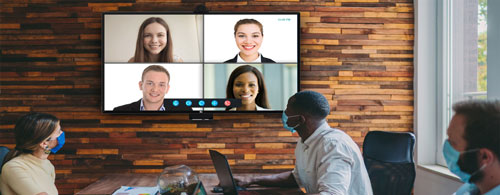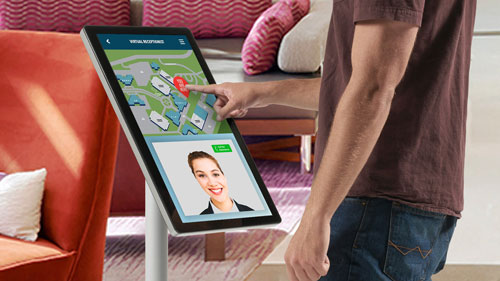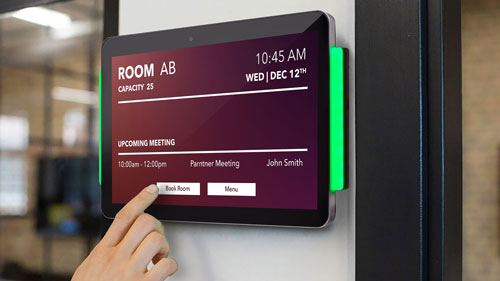May 25, 2021
Reimagining the Workplace of the FutureReimagining the Workplace of the Future

Our idea of the office of the future has been constantly evolving. In 2019, corporations were touting the success of the “open office,” where desks were downsized and cubicle walls eliminated to foster collaboration. When Covid-19 emptied out office buildings in 2020, many of these same corporations began dragging the desks six feet apart and surrounding them with Plexiglas.
In 2021, the future has arrived. As employees begin to return to work, companies know that these older visions of the workplace are no longer applicable. Here are several truths that have become clear.
The hybrid workforce is here to stay
A recent survey revealed that as pandemic restrictions end, 82% of companies are planning for a hybrid approach allowing their workers to come into the office about three days a week. That’s great news for workers, who report more productivity and higher job satisfaction when they have more flexible work schedules.
Offices need to be reconfigured
Even before the pandemic, companies reported that more than a third of their desks were unused on any given day. As the hybrid workforce kicks in, that number is likely to increase. This gives companies the opportunity to reconfigure their space in a way that makes sense in a post-pandemic world. Fitting in more and more people will no longer be the goal.
Technology needs to keep up
Conference calls aren’t going to cut it. We need tech that allows us to collaborate with our teammates, even if they are scattered around the world.
How will the office look in 2021 and beyond? Crowded conference rooms will likely be a thing of the past. Instead, there will be a lot more common areas with furnishings that can be easily rearranged to meet the needs of different teams. Imagine a cluster of comfortable chairs where people from different teams can come together for a quick meeting.
Because workers will be in the office less frequently, assigned desks will be less common. They will be replaced by hot desks that employees can book in advance. A team that meets in person on Tuesdays, for instance, could all sit together every week.
And new technology will be everywhere, from the entrance (temperature screening, while Covid-19 is still a concern) to the cafeteria (with video screens in the booths so you can have lunch with a colleague who’s working from home).
Here are a couple of the technological advances we’re most excited about.

Virtual receptionists
When your guest arrives, they’ll check in at a touchscreen in the lobby. You’ll immediately get an alert on your smartphone and be there to meet them the moment they step off the elevator. Elo’s I-Series touchscreens are built for a busy office environment.
Desk hoteling
Whether you’re in your own office or on the road, an interactive display will allow you and your team to choose where you will be sitting, or meeting based on that days availability. It can even give you directions on how to get there. Elo’s 32-inch and 43-inch interactive displays have a sleek, slim design and a case built to stand up to constant use.

Room management screens
Figuring out how to book a space can be frustrating, but room management screens let you check on availability and manage reservations on the spot. Elo’s I-Series and Edge Connect Status Lights let you know at a glance whether the space is occupied.
Video conferencing tools
To truly collaborate with your team, you need to share ideas. Turn your interactive display into an infinite whiteboard and video conferencing system where your entire team can share ideas with Elo’s Huddle Kit. It has an intuitive dashboard and built-in bring-your-own-device technology so you can spend your time getting the creative juices flowing.